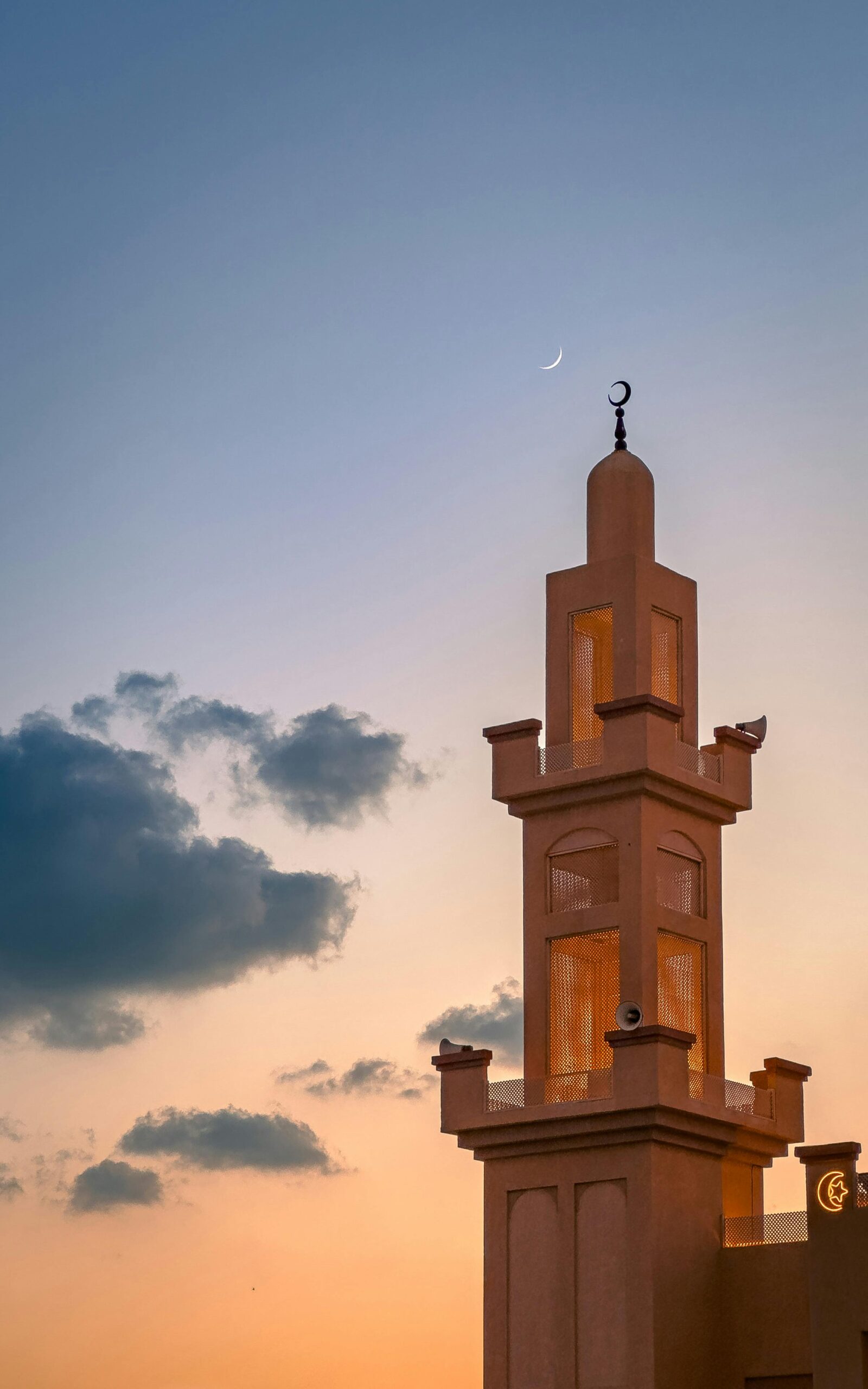President Donald Trump’s visit to the Kingdom of Saudi Arabia, at the start of his Gulf tour, marked an exceptional event in both form and substance. It reshaped American priorities in the Middle East and opened the door to a new strategic approach based on the principle of “deals and outcomes,” moving away from the moral rhetoric and ideological discourse that had dominated in past decades.
However, this visit—with its symbolism and timing—cannot be read in isolation from the historical context that has governed U.S.-Gulf relations since the 1950s, nor from the rapid regional transformations—from Syria to Yemen, Iran to Israel—and the shifting alliances and unresolved conflicts in between.
The Historical Dimension – The Gulf in U.S. Strategy: From Oil to Shared Security
Since the meeting between President Franklin D. Roosevelt and King Abdulaziz Al Saud aboard the USS Quincy in 1945, the Gulf has served as a cornerstone of U.S. foreign policy, under an unwritten formula: security in exchange for energy. During the Cold War, the Gulf states were seen as a key bulwark against Soviet expansion, while by the 1980s, U.S. influence evolved from military presence to comprehensive sponsorship of regional security systems.
However, the events of September 11, 2001, the subsequent U.S. invasion of Iraq in 2003, and the Arab uprisings that followed disrupted this equation and let to mounting tensions between Washington and some Gulf capitals—particularly under the Obama administration’s opening to Iran through the nuclear deal.
Trump’s visit came as a rupture from that accumulation, redrawing the relationship on a new basis: security and economy, direct and transparent—where partnerships are measured by practical commitment and coordinated action on hot issues, not by intentions or historical bonds.
Saudi Arabia as a Center of Gravity – Messages of Strategic Shift
Choosing Riyadh as the first stop on Trump’s first overseas tour was not a mere protocol decision—it was a political declaration signaling the shift of American strategic weight toward the Gulf, where economic necessities (investments and arms deals) meet security priorities (counterterrorism, countering Iran).
The message was clear: Washington seeks active partners, not passive followers, and is looking for regional blocs capable of functional roles within an American vision for the Middle East based on reducing costs and sharing burdens.
Accordingly, the U.S.-Islamic-Gulf summit in Riyadh marked a moment of redefinition of alliances, where the Global Center for Combating Extremist Ideology was launched and contracts worth hundreds of billions were signed, both in arms and investment sectors.
Regional Positions – Welcomes, Anticipation, and Quiet Concern
Saudi Arabia and the UAE welcomed Trump’s visit enthusiastically, viewing it as a chance to restore regional influence and contain Iranian expansion. This was evident in the political and media discourse that accompanied the visit, with Riyadh presented as the leader of a new “Sunni-American” alliance.
Qatar, though participating in the summit, soon found itself at the center of a Gulf crisis just weeks later—revealing that the transformations were not merely the result of the visit but were influenced by latent conflicts awakened by the U.S. repositioning and realignment.
Egypt was present but largely observed from the sidelines, as it sought to reclaim its regional role. Jordan maintained a balanced rhetoric, emphasizing the importance of security coordination without becoming embroiled in sharp polarization.
As for Iran, it saw the visit as a hostile declaration and viewed the creation of an “Arab NATO” as a provocative step. Its response came through sharp statements and an intensification of its regional footprint in Syria, Iraq, and Lebanon.
Syria in the Shifting Margins – Pragmatic Signals Despite Official Absence
While the Syrian file was not openly discussed at the summit, the atmosphere of the visit carried indirect signals regarding Damascus’s future under the new dynamics. This came amid growing discourse in some Western and Arab circles about the need to revisit isolation and sanctions policies, and to open dialogue on reintegrating Syria into the regional order under new terms.
In this context, the name of the presumed future Syrian president, Ahmad Al-Sharaa, has emerged in Western analyses as a reformist figure who could represent a meeting point between American pragmatism and Arab initiatives aiming to extinguish fires. Though such an opening does not imply full normalization—and may not necessarily proceed through the Abraham Accords—pragmatic approaches are reshaping priorities and keeping the door slightly ajar.
The Abraham Accords – A Rising Framework in Regional Relations
The transformations launched by the Trump administration went beyond the security-economic deal. They included the proposal of the Abraham Accords as a mechanism for rebuilding the regional order through Arab-Israeli rapprochement based on mutual interests rather than slogans.
While countries like the UAE, Bahrain, and Morocco embraced this path, others remained cautious or reserved. Damascus, though absent from public discussion, now faces a new framework that does not demand it join but evaluates its regional standing based on its willingness to open up and reform—not solely on its ideological alignment.
The Gulf at the Heart of a New Equation, and Syria Facing Hard Choices
Trump’s visit to Saudi Arabia was not merely the start of a new U.S. era—it was a turning point in how Washington understands the region: from spheres of influence to spheres of partnership, from friendly regimes to conditional allies. In this context, Arab positions vary—some are engaged, some are cautious, and some remain sidelined.
Syria, in particular, stands at a sensitive crossroads. It is not being asked for ideological alignment, but for a redefinition of its role within a new regional architecture shaped by shared interests and security concerns.
The question remains open: Do Arab capitals—foremost among them Damascus—possess the resolve to redefine their roles in this emerging Middle East? Or will they remain imprisoned by old slogans, while the maps of the region are redrawn by new standards?





